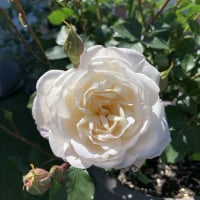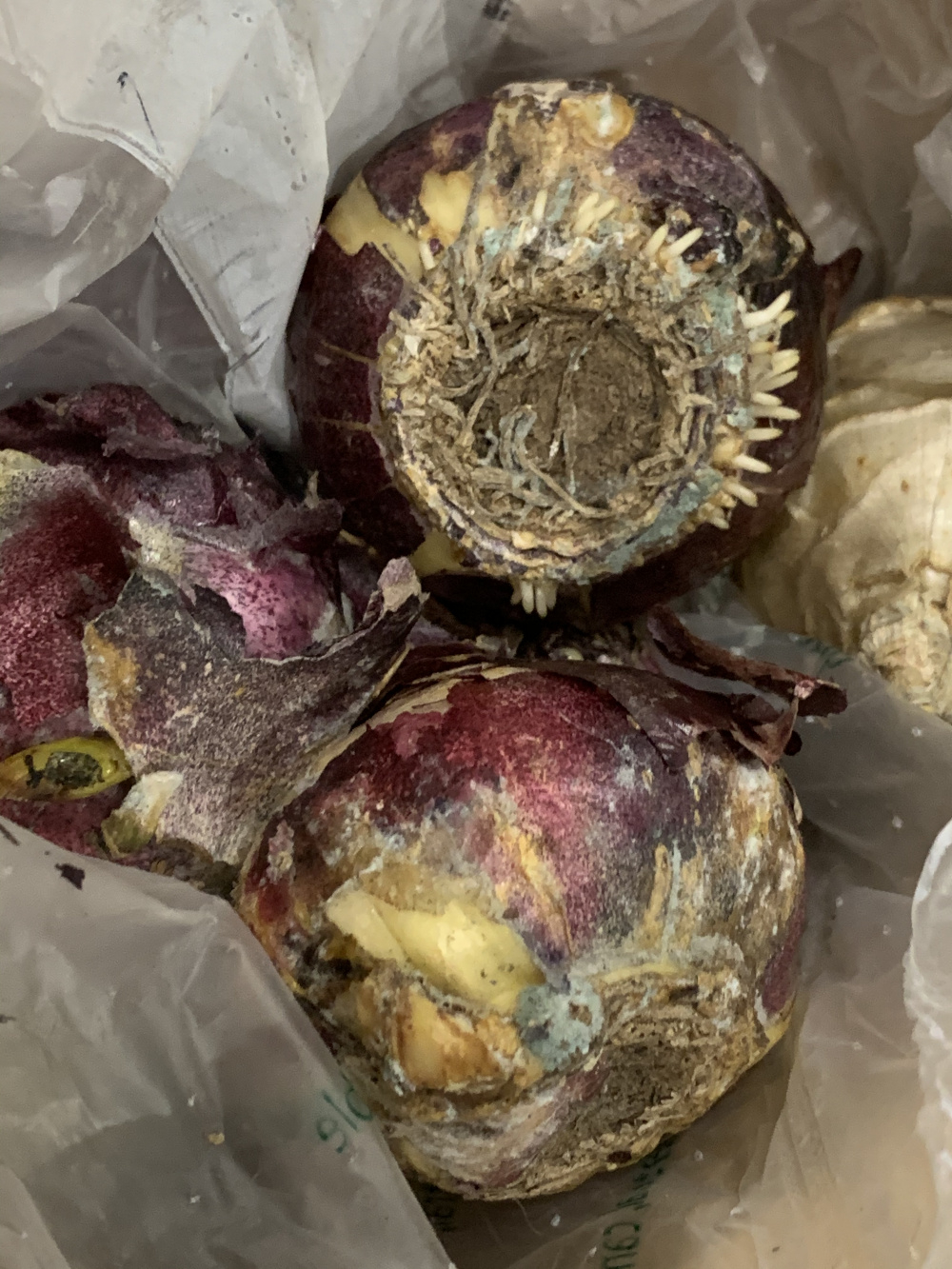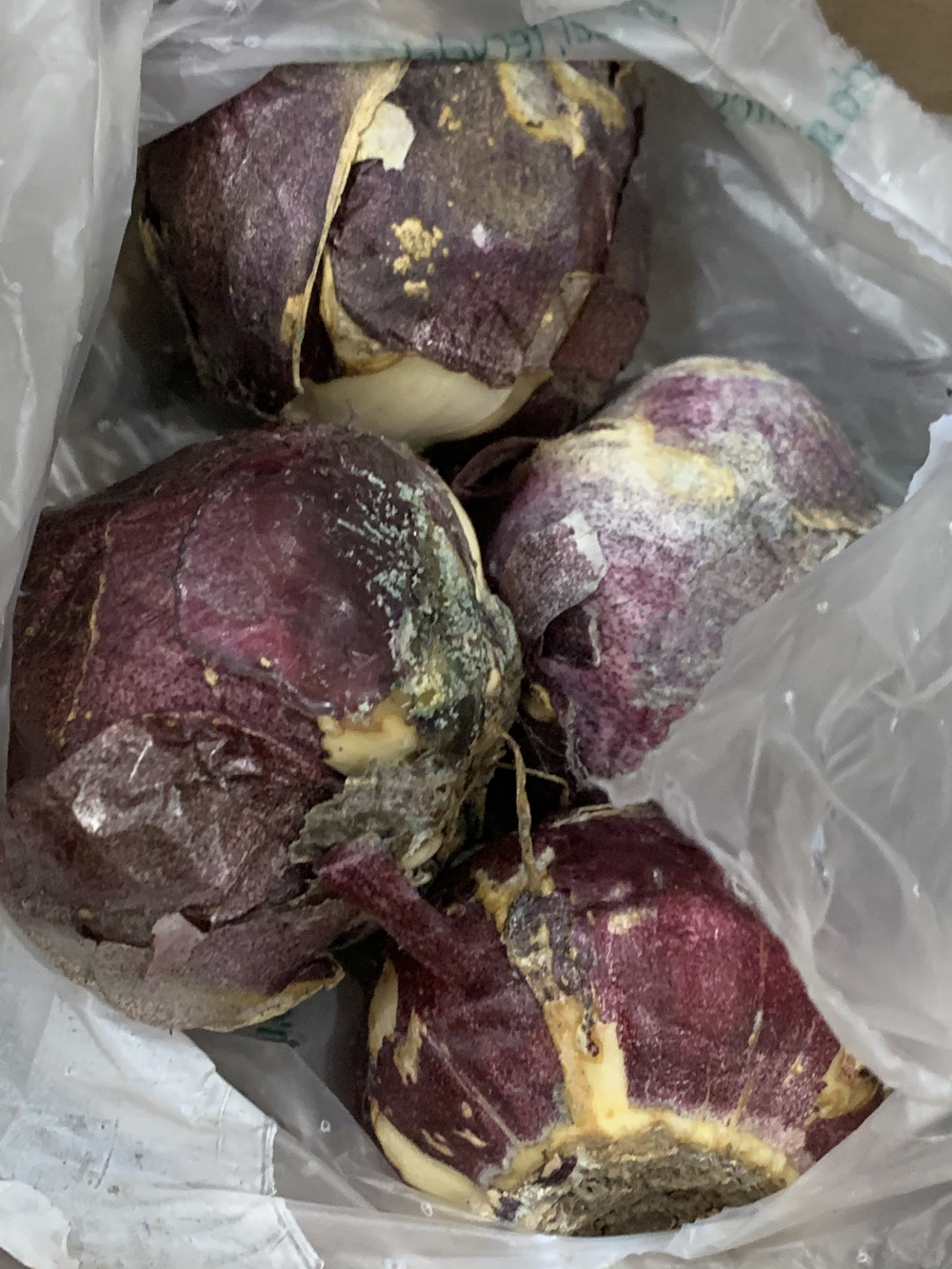This Forum will close on Wednesday 27 March, 2024. Please refer to the announcement on the Discussions page for further detail.
Are these hyacinths mouldy??
 celcius_kkw
Posts: 753
celcius_kkw
Posts: 753
Hi guys.. I bought a bunch of prepared hyacinths from J Parkers recently and I’ve noticed that they appear to be mouldy looking..




I’m referring to those blue/greyish bits.. should I contact them for a replacement??
0
Posts
Gardening in Central Norfolk on improved gritty moraine over chalk ... free-draining.
I am curious what others will say.
Because I plant mouldy bulbs all the time and they usually grow well (as long as they are still firm). It's usually my mistake, by the time I am ready to plant (perennials died back, some plants dormant, or planting tulips and daffodils together which is usually a bit too late for the daffs), many bulbs get a little bit mouldy. I would expect suppliers to have better storing conditions than I have but still, I wouldn't be surprised by mouldy bulbs later in the season or in the end of season sales. That doesn't mean you shouldn't ask for a replacement but it's possible they don't have anything better. Maybe a refund then.
Gardening in Central Norfolk on improved gritty moraine over chalk ... free-draining.